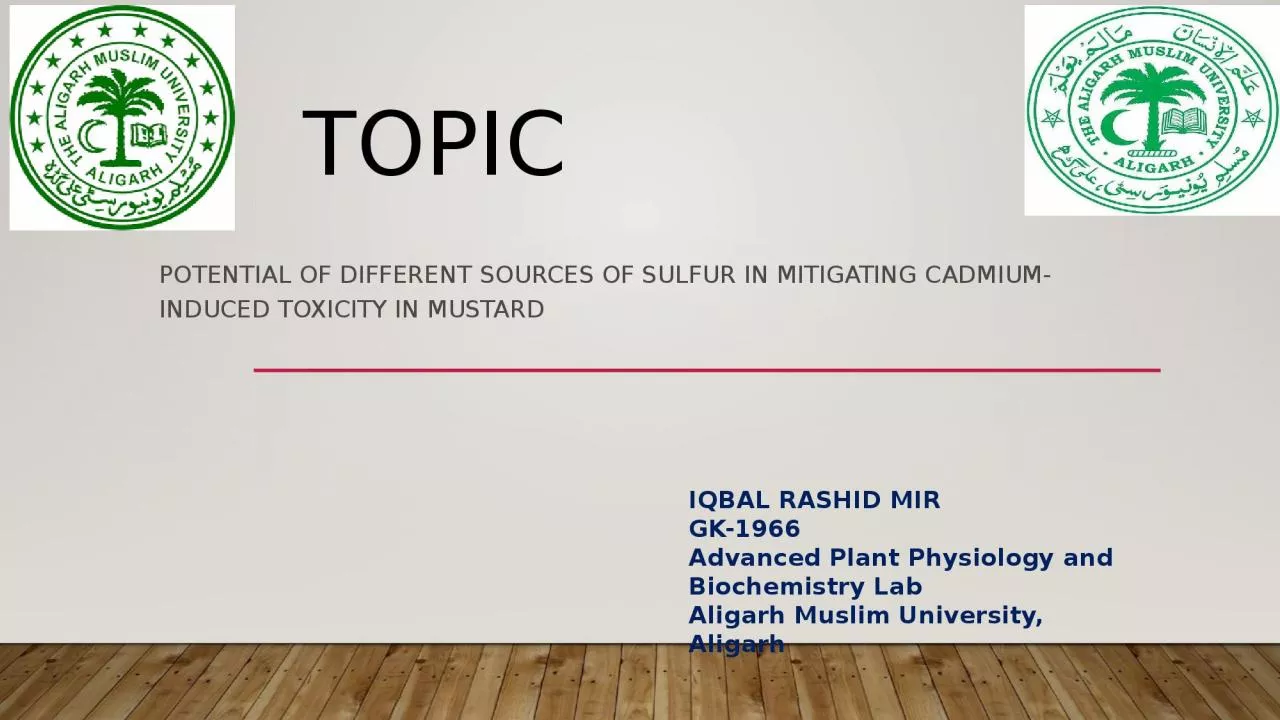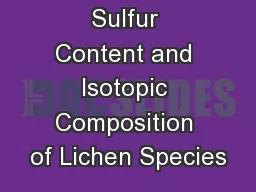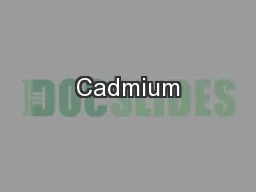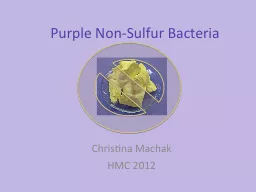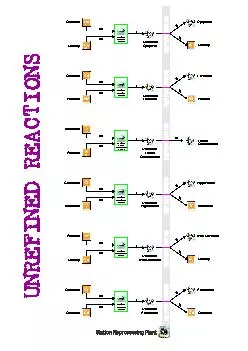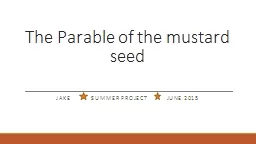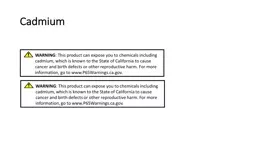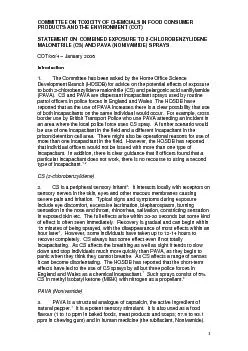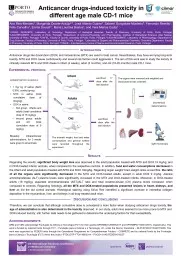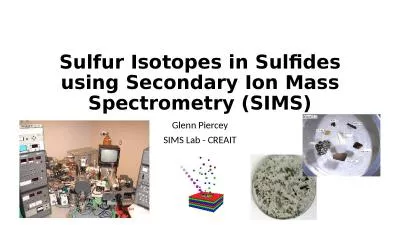PPT-Topic Potential of different sources of sulfur in mitigating cadmium-induced toxicity
Author : hazel | Published Date : 2022-06-11
IQBAL RASHID MIR GK1966 Advanced Plant Physiology and Biochemistry Lab Aligarh Muslim University Aligarh Indian mustard Brassica juncea L Brassica juncea belongs
Presentation Embed Code
Download Presentation
Download Presentation The PPT/PDF document "Topic Potential of different sources of ..." is the property of its rightful owner. Permission is granted to download and print the materials on this website for personal, non-commercial use only, and to display it on your personal computer provided you do not modify the materials and that you retain all copyright notices contained in the materials. By downloading content from our website, you accept the terms of this agreement.
Topic Potential of different sources of sulfur in mitigating cadmium-induced toxicity: Transcript
Download Rules Of Document
"Topic Potential of different sources of sulfur in mitigating cadmium-induced toxicity"The content belongs to its owner. You may download and print it for personal use, without modification, and keep all copyright notices. By downloading, you agree to these terms.
Related Documents

